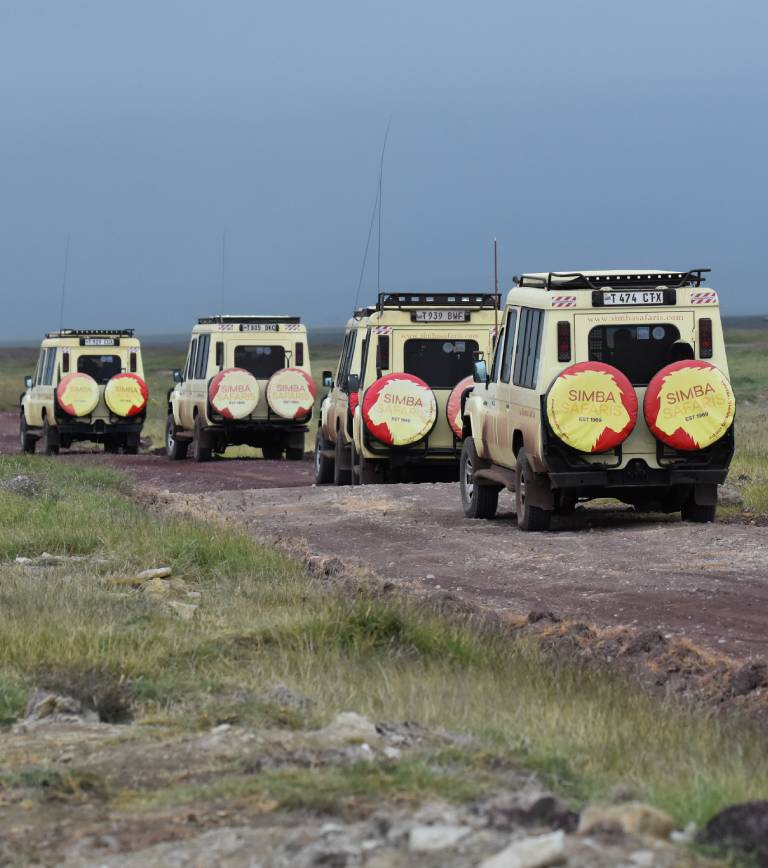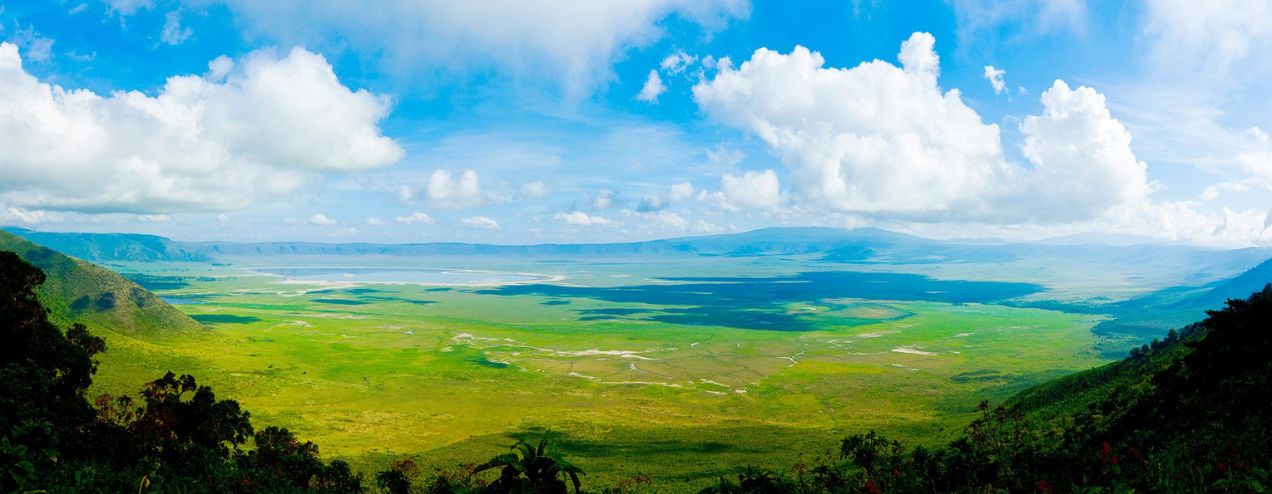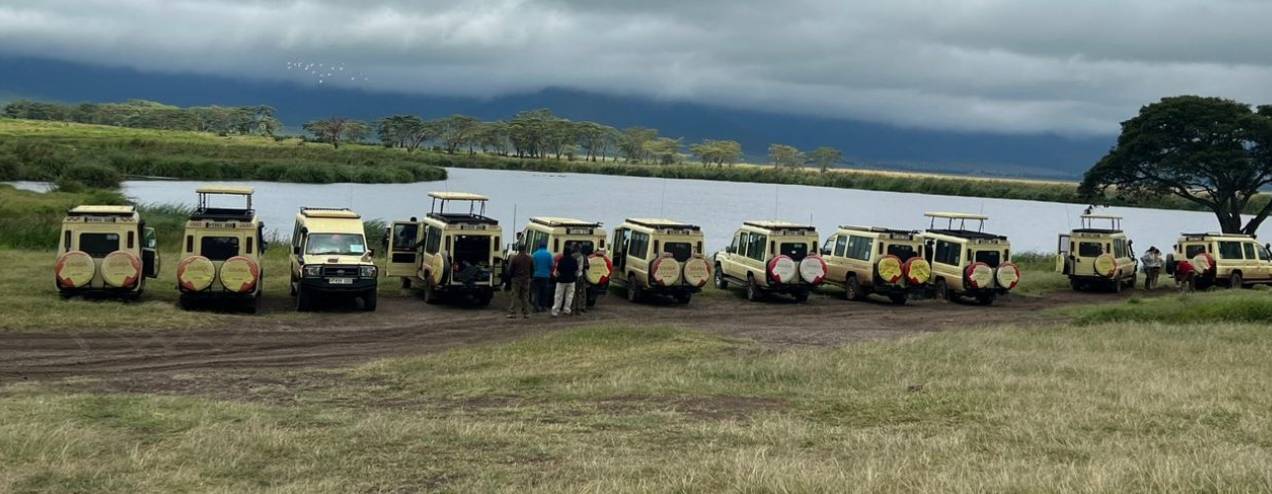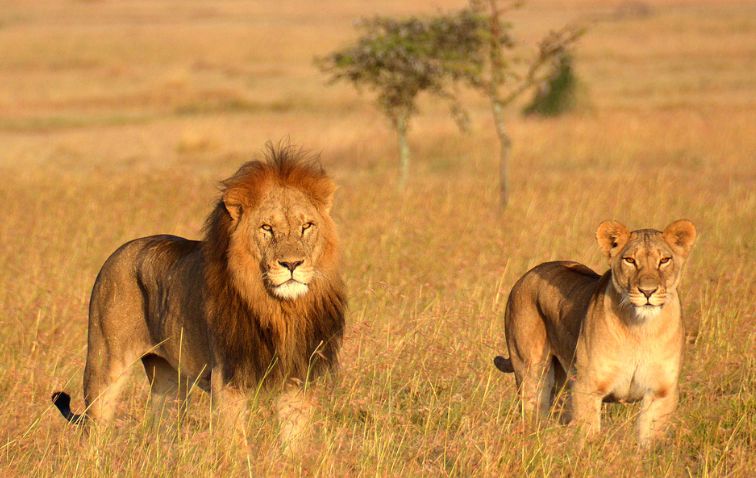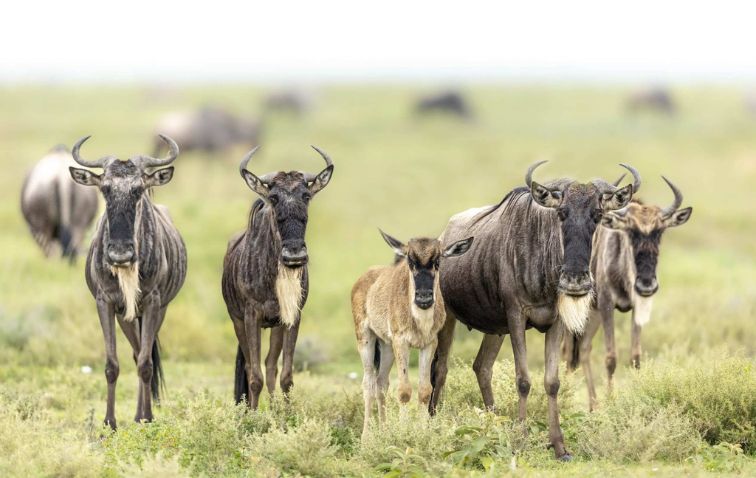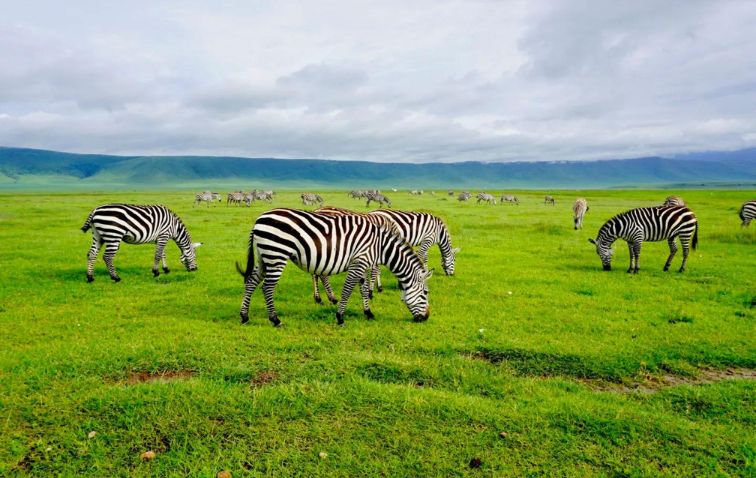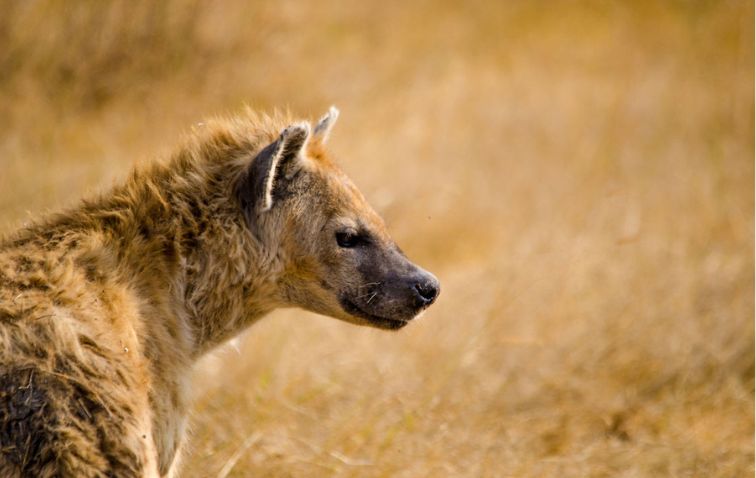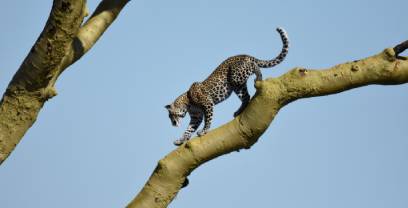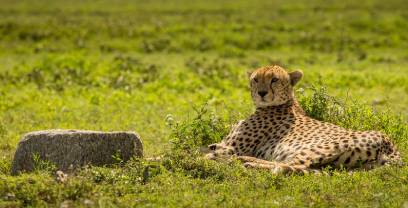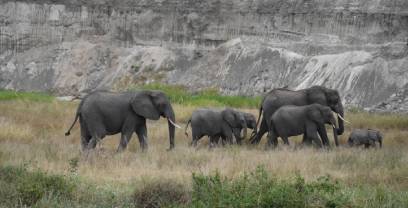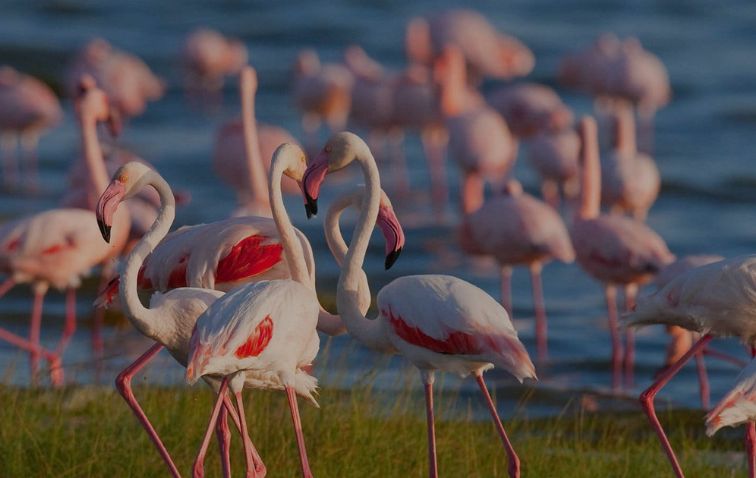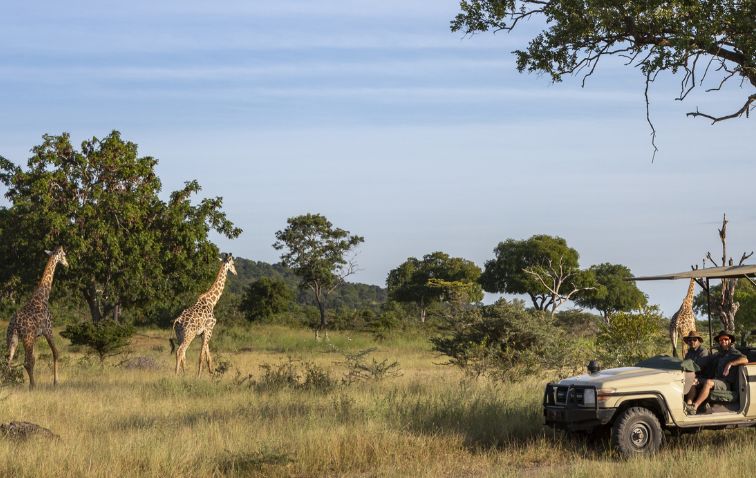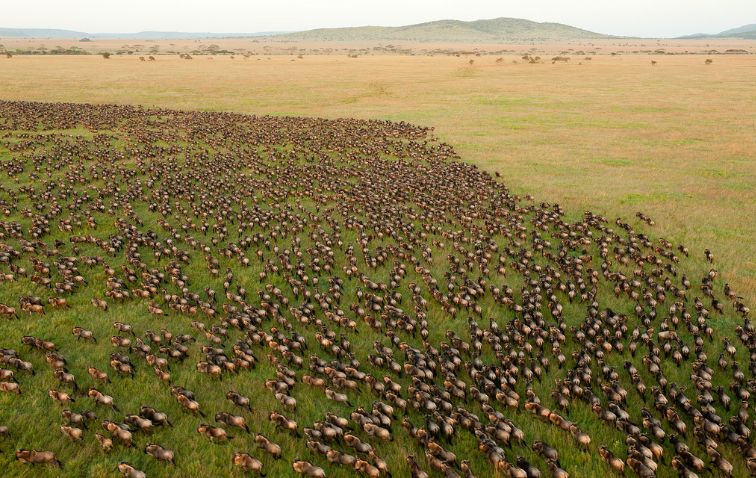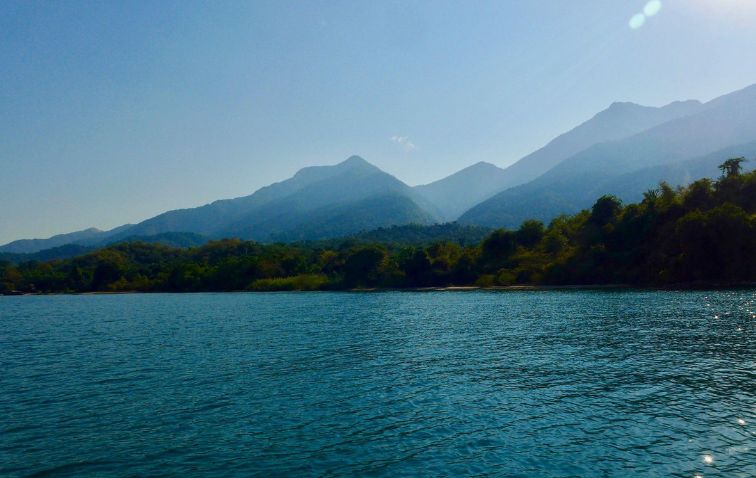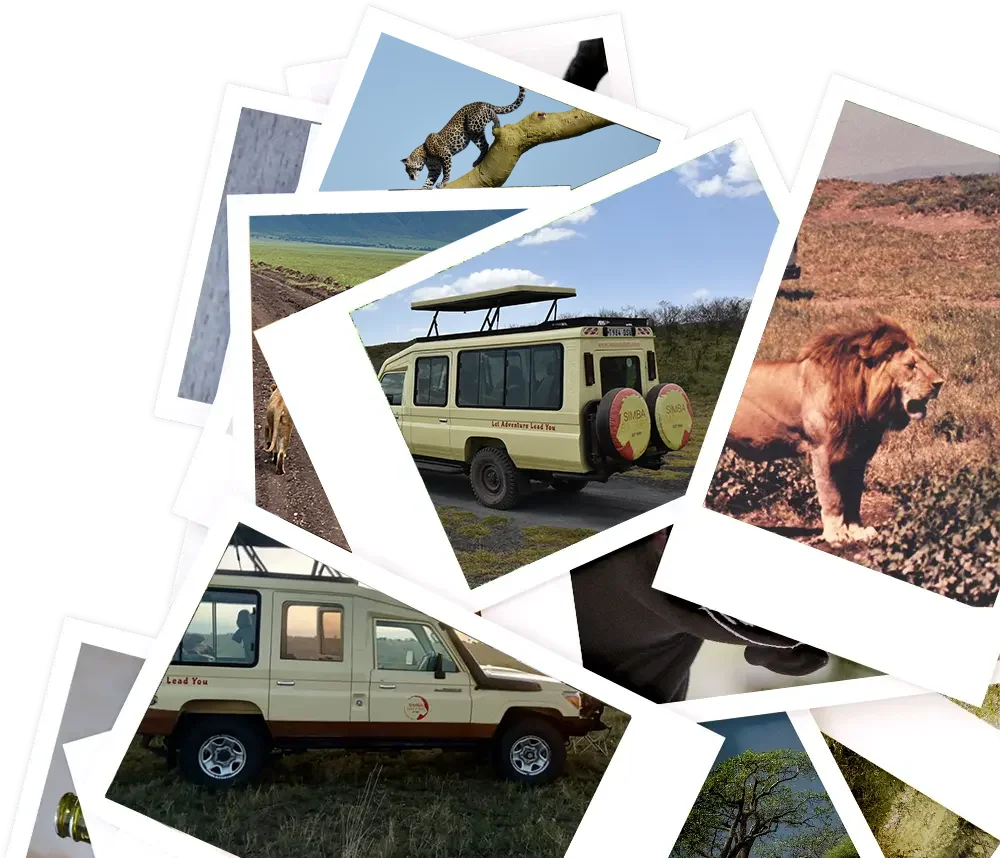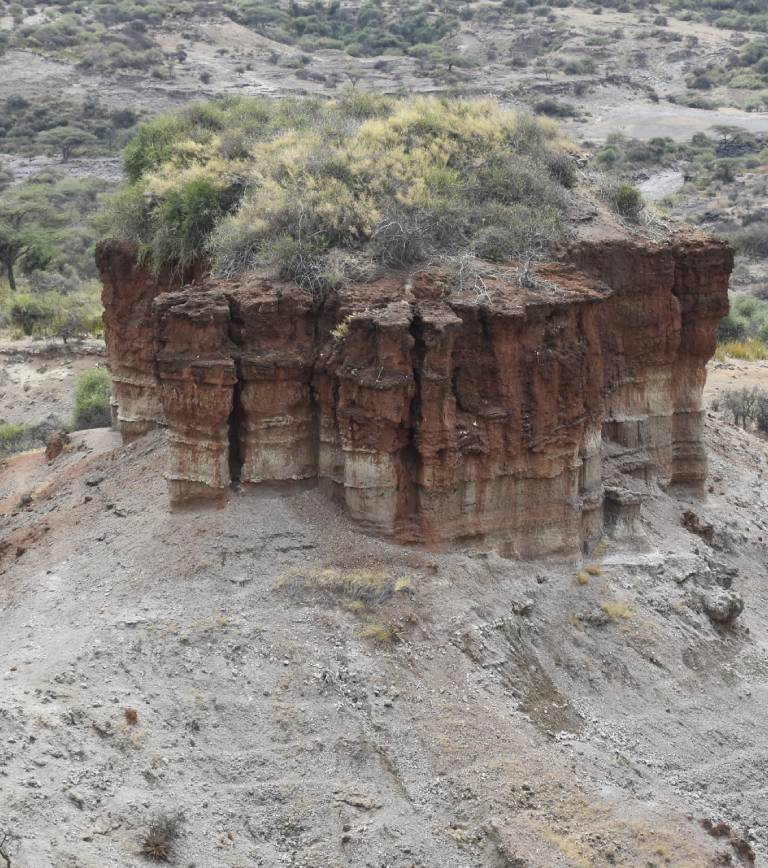
The Haven of the Big Five, Enter the Heart of Eden!
The Ngorongoro Crater is an unrivalled natural wonder, boasting the distinction of being the largest unbroken, unflooded volcanic caldera globally. It covers a staggering 260 square kilometers. This highland landscape is enclosed by towering, craggy walls that ascend to 600 meters above the crater floor, also known as Eighth Wonder of the World. We, at Simba Safaris, are ready to introduce you to this paradise on Earth! All the while – enhancing your safari experience with expert guidance, exclusive insights, and unparalleled comfort.

